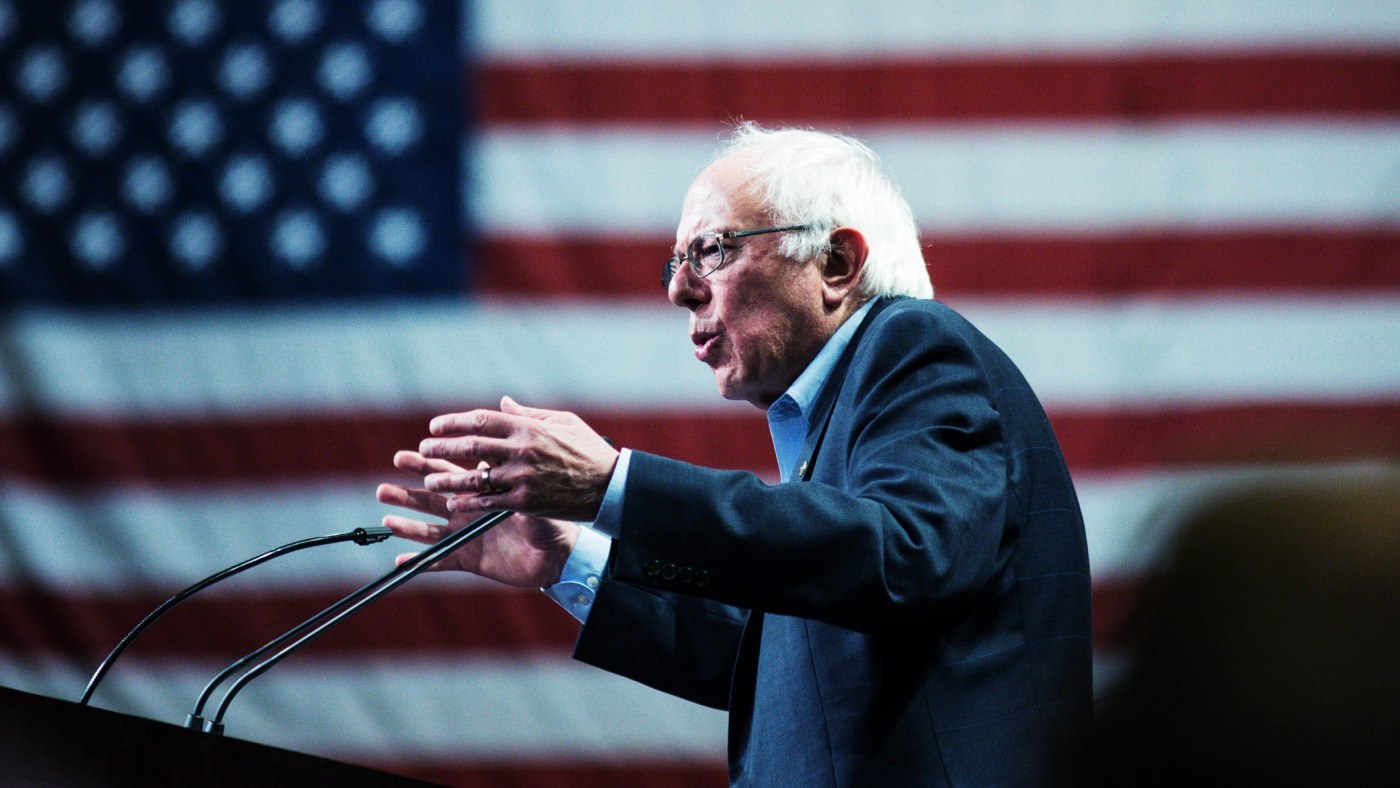For the last two months I have been in Los Angeles basking in the unseasonable heat and looking incredulously at the presidential election race, which has also seen extraordinary heat and upended all the expectations of the pundits. Starting from about two per cent in June 2015, the two insurgents – the Republican Donald Trump and the Democrat Bernie Sanders – have seen their poll numbers rise to over 30 per cent. Adding the other insurgent Ted Cruz’ numbers to Trump’s, half the Republican electorate is backing insurgents. Of the two candidates expected to be their party’s nominees, Jeb Bush has dropped out after his dismal showing in South Carolina, and Hillary Clinton is hanging on by her fingertips. What explains these insurgents’ success? It cannot be differences in financial resources. For both Mr Bush and Ms Clinton had the largest war chests and have spent more than any other candidates on their campaigns, including the billionaire Donald Trump.
There are three largely economic reasons for the resonance of the insurgents in the two parties. Mr Sanders’ insurgency is fuelled by the millennials (the 18-29 years age group), who account for the same proportion (31 per cent) as the “baby boomer” generation of the electorate. Their major worries are their personal and the nation’s debt (run up by the boomers) which they will be responsible for paying off. Much of their personal debt is related to the costs of college education, and they warm to Mr Sanders’ desire to make college free. Not having lived in anything but a capitalist economy, they do not know of the failures of socialism. Moreover their unemployment rates are above the national average, and their stagnant wages have forced many to continue to live with their parents.
They see the monetary policies of the Fed leading to a rise in asset prices benefiting their boomer elders without translating into good quality jobs for them. They have supported Mr Sanders by margins of 70-80 per cent over Ms Clinton in the primaries to date. Whether Ms Clinton can win them over to create the winning “Obama coalition” of minorities and millennials – along with the outcome of the FBI probe into her email shenanigans – will determine her prospects in the presidential election in which she is still likely to be the Democrat nominee.
The Republican insurgency has been fuelled by the backwash effects of globalisation on the white working class. One of the major propositions of international economics is the so-called Stolper-Samuelson theorem. This states that when trade is opened up between countries with different factor proportions there will be income distributional consequences, with the more abundant factor of production benefiting and the scarce factor losing in each country.
As the US opened up trade with relatively uneducated, unskilled labour-abundant countries like China and Mexico, the relatively scarce US lowly educated working class saw its relative incomes decline. The same effect also occurs if there is (as there has been with the IT revolution) skill-biased technical change. Recent studies suggest that foreign trade has had a large negative impact on unskilled labour in rich countries. This has fuelled the protectionism advocated by both insurgencies.
As immigrants are tarred with the loss of native jobs, Mr Trump’s desire to build a wall between Mexico and the US has also resonated with his base. This also consists of evangelical Christians, particularly in the early primaries of the mainly Southern states — in which the Wall Street Journal estimates there are 32 per cent evangelicals without a college degree, 25 per cent college-educated evangelicals, 19 per cent non-college non-evangelicals and 25 per cent college-educated non-evangelicals. In the recently concluded South Carolina primary, evangelicals accounted for about three in four voters; Mr Trump won most, except for the more educated voters who voted for Mr Cruz or Marco Rubio.
Nor has Mr Trump been derailed by his own colorful personal life, his tiff with Pope Francis or other seeming gaffes. His voters lap it all up, partly because he is seen as not giving into political correctness and “telling it as it is”, and partly because given the revulsion of many Republicans with their political representatives in Congress, as one of his supporters said this week, “We’re voting with our middle finger”
The final economic strand fueling voting anger against both party “establishments” is the lack of retribution for the perpetrators of the financial crash. Neel Kashkari, the head of the Minneapolis Fed bemoaned the lack of trust in US economic managers which he blames on the bailouts after the Great Crash which he oversaw. “Those actions had ‘really violated a core American belief’ that risk takers had to bear the consequences of things going wrong,” he said. He called for “regulators to consider breaking up the largest US lenders, which were still ‘too big to fail’”.
Both Mr Trump and Mr Sanders have made attacks on Wall Street a part of their insurgent rhetoric. This anger is coupled with the feeling that the elite look down upon the working and lower middle classes. But this raises a question: how has the white working class taken to a billionaire real estate developer and reality TV celebrity who is very much part of the elite? Garret Keizer says the answer lies in “their refusal to be envious, which is a long standing act of moral resistance on the part of working- and lower-middle class people.”
They see themselves as victims of an oppressive government rather than losers “in a failed competition in the sacred contest of the Almighty Market. In the first mythology, you figure as Prometheus; in the second as Willy Loman”. Mr Trump and, to a lesser extent, Bernie Sanders have played on this attitude, painting all his opponents as losers and his supporters as victims.


